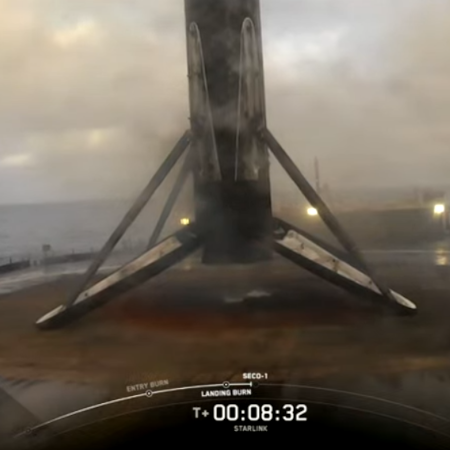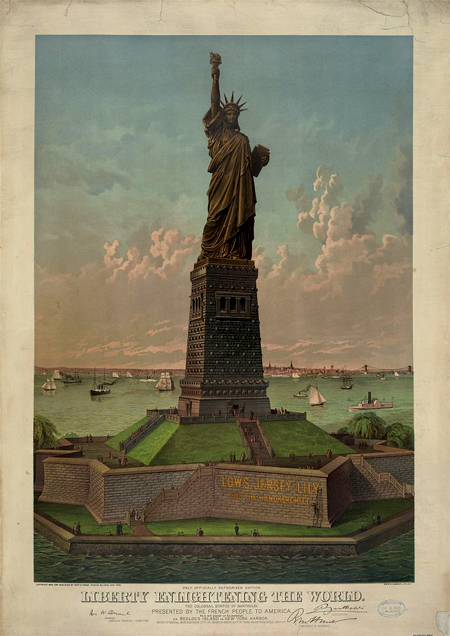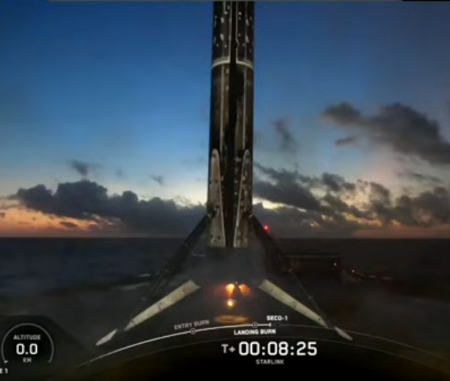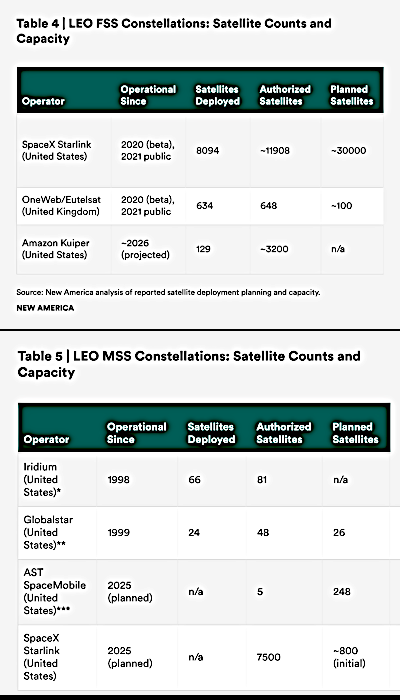Something caused a Starlink satellite to tumble and its fuel tank to vent
According to an update yesterday by SpaceX on X, one of its many Starlink satellites is now tumbling with its fuel tank venting, and is thus losing altitude.
On December 17, Starlink experienced an anomaly on satellite 35956, resulting in loss of communications with the vehicle at 418 km. The anomaly led to venting of the propulsion tank, a rapid decay in semi-major axis by about 4 km, and the release of a small number of trackable low relative velocity objects. SpaceX is coordinating with the @USSpaceForce and @NASA to monitor the objects.
The satellite is largely intact, tumbling, and will reenter the Earth’s atmosphere and fully demise within weeks. The satellite’s current trajectory will place it below the @Space_Station, posing no risk to the orbiting lab or its crew.
Either the tank burst, or got hit with something causing it to burst.
The media reports I’ve seen have tried to make this event more significant than it is. First, it is remarkable how few of SpaceX’s thousands of Starlink satellites have failed in this manner. These low numbers show how this incident is rare and not very concerning. Second, the spacecraft’s orbit is decaying, and will soon burn up harmlessly in the atmosphere. It will not add any space junk to low Earth orbit.
In fact, that this event illustrates more than anything how well SpaceX manages its Starlink constellation. Thousands of satellites launched, and only a handful have failed like this.
According to an update yesterday by SpaceX on X, one of its many Starlink satellites is now tumbling with its fuel tank venting, and is thus losing altitude.
On December 17, Starlink experienced an anomaly on satellite 35956, resulting in loss of communications with the vehicle at 418 km. The anomaly led to venting of the propulsion tank, a rapid decay in semi-major axis by about 4 km, and the release of a small number of trackable low relative velocity objects. SpaceX is coordinating with the @USSpaceForce and @NASA to monitor the objects.
The satellite is largely intact, tumbling, and will reenter the Earth’s atmosphere and fully demise within weeks. The satellite’s current trajectory will place it below the @Space_Station, posing no risk to the orbiting lab or its crew.
Either the tank burst, or got hit with something causing it to burst.
The media reports I’ve seen have tried to make this event more significant than it is. First, it is remarkable how few of SpaceX’s thousands of Starlink satellites have failed in this manner. These low numbers show how this incident is rare and not very concerning. Second, the spacecraft’s orbit is decaying, and will soon burn up harmlessly in the atmosphere. It will not add any space junk to low Earth orbit.
In fact, that this event illustrates more than anything how well SpaceX manages its Starlink constellation. Thousands of satellites launched, and only a handful have failed like this.




